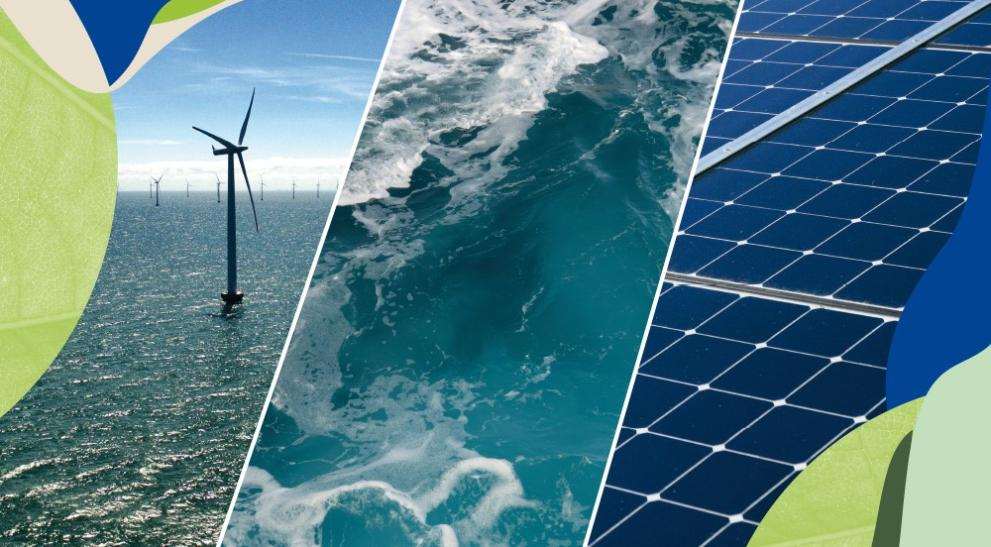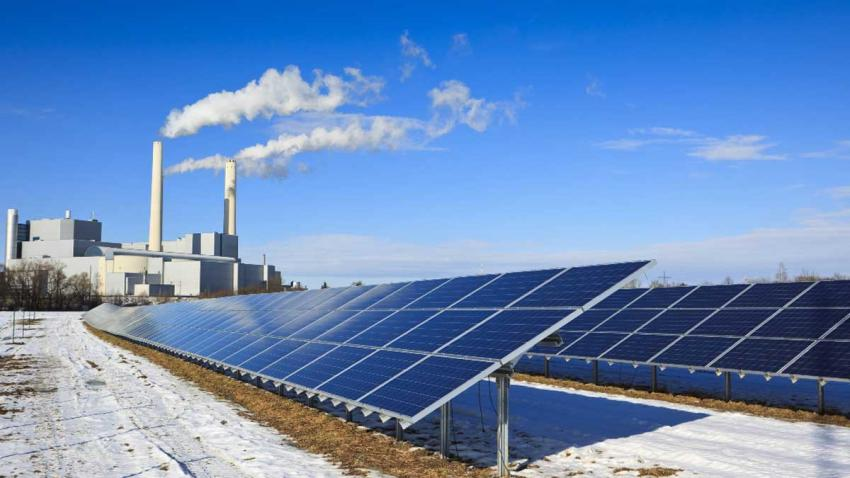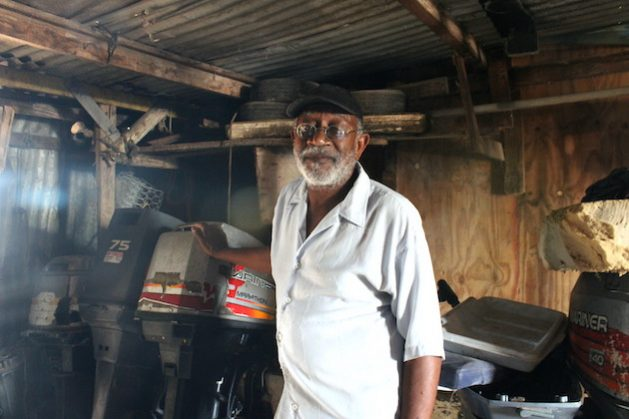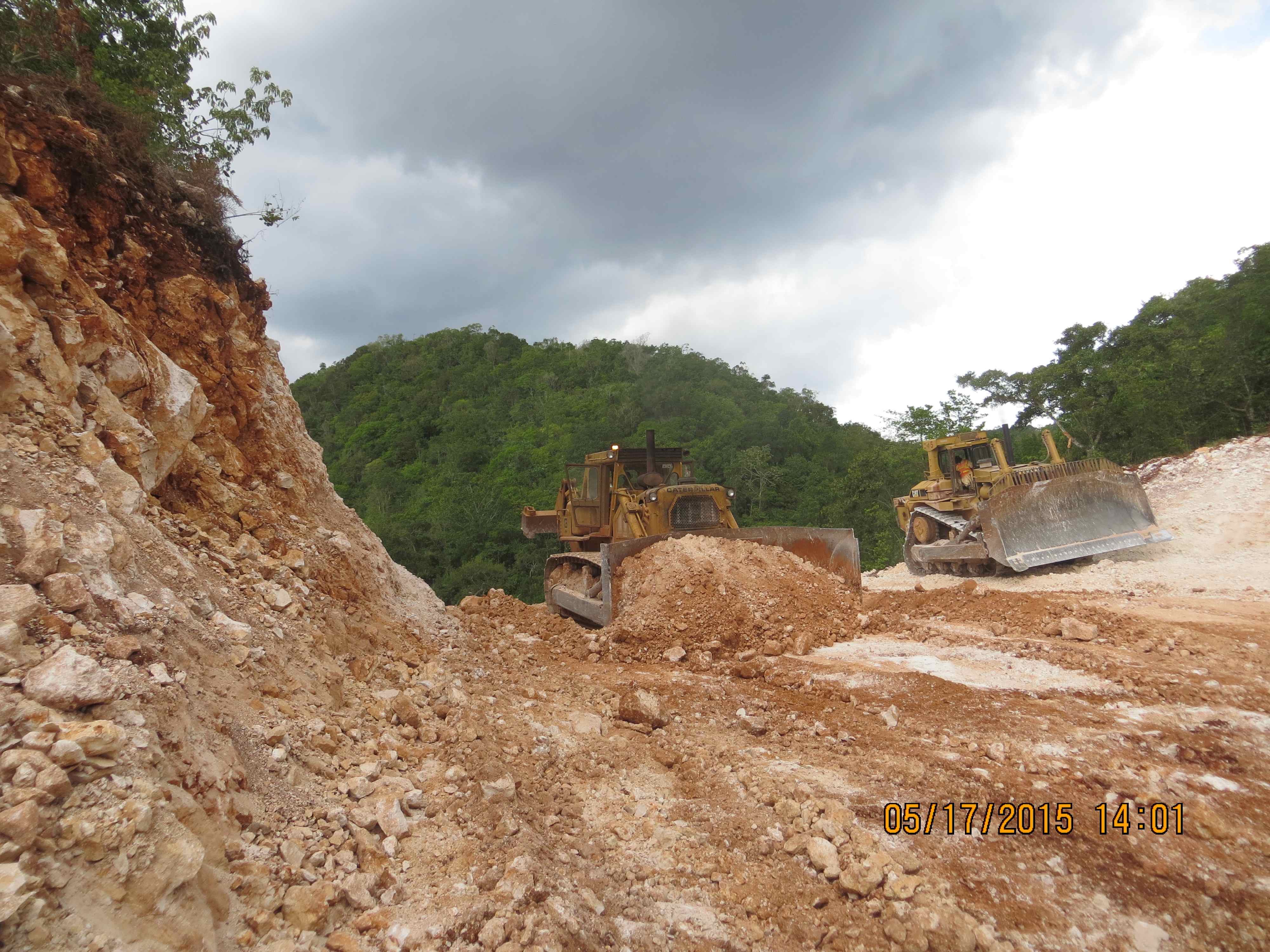by Zadie Neufville
Article published in CESaRE Impacts 2024: Special Issue – Adaptation and Resilience
In 2021, three researchers from the Universities of Coimbra and Aveiro, Portugal conducted an assessment of the advancement of new renewable energy sources in 19 countries across Latin America and the Caribbean (LAC), beginning what they hoped to be the first of many such works.
Led by Nuno Silva, the group noted that the study, which focussed on policy and regulation, financing, and technology, looked at the situation in these countries between 2001 and 2017 and is ongoing. They focused primarily on the installation of non-hydroelectric renewable capacity including wind, solar, and bioenergy.
Silva, along with José Alberto Fuinhas and Matheus Koenghan noted that research into the emergence of new renewable energy sources is important since the technologies are often diversified and at varying technological maturity. They continue, that given the dimension of the transition process from fossil fuels to renewables, policymakers and markets should lead the selection process.

The authors found that LAC countries have made significant progress in the adoption of renewable energy sources primarily due to the abundance of renewable energy resources such as solar, wind, hydro, and geothermal, which can be harnessed to meet the increasing energy demand.
LAC governments have been active partners in the adaptation of renewable energy technologies. The researchers note that in many cases, governments are also involved in mitigating several of the economic and societal problems that arise from the vast transformations underway.
Governments have led the growth in renewable energy adoption through the implementation of a range of policies and measures to incentivise the deployment of renewable energy. These include feed-in tariffs, net metering, and renewable energy auctions. The authors noted that the measures implemented have been effective in attracting private investment and promoting the development of renewable energy projects.
Despite their involvement, however, the authors believe that governments are limited in their capacity to finance the energy transition. It is therefore the private sector’s participation in the rise of new renewables that has been creating competitiveness in the sector.
While the team struggled with the absence of data in terms of installed capacity, they found that the LAC countries have made efforts to mobilise domestic and international capital to finance renewable energy projects. The authors noted that the availability of financing, particularly through development banks and international organisations, has also played a crucial role in the deployment of renewable energy in the region.
In terms of technology, they found that a few countries have made significant progress in the deployment of solar and wind energy. In Brazil, Chile and Mexico in particular, the authors noted a surge in the installation of utility-scale and distributed solar projects. In addition, the researchers found significant wind energy capacity in Brazil, Mexico, and Uruguay.
The study also noted the progress made in the region’s renewable energy sector in recent years, with several countries showing impressive growth rates in the deployment of renewable energy technologies. The researchers also noted that the increasing competitiveness of renewable energy sources compared to fossil fuels has been a key driver of this growth.

In addition to policy frameworks, several factors were also identified that they believe have contributed to the growth of renewable energy in the region. These include declining costs of renewable energy technologies and increased private sector investment. However, several challenges have also been highlighted. These include grid integration issues and the need for more innovative financing mechanisms to support renewable energy deployment.
Overall, the study suggests that while LAC countries have made significant progress in the adoption of renewable energy sources, several challenges remain. It recommends that governments and investors need to improve grid infrastructure and storage solutions. The authors also see the need for the promotion and adoption of electric vehicles. They believe that policymakers, investors and technology providers will have to increase their efforts to promote the deployment of renewable energy in the region.
This study, the researchers say, is only the beginning and should provide a solid foundation for others to continue the work on the topic of renewable energy and its advances across the region.
END













